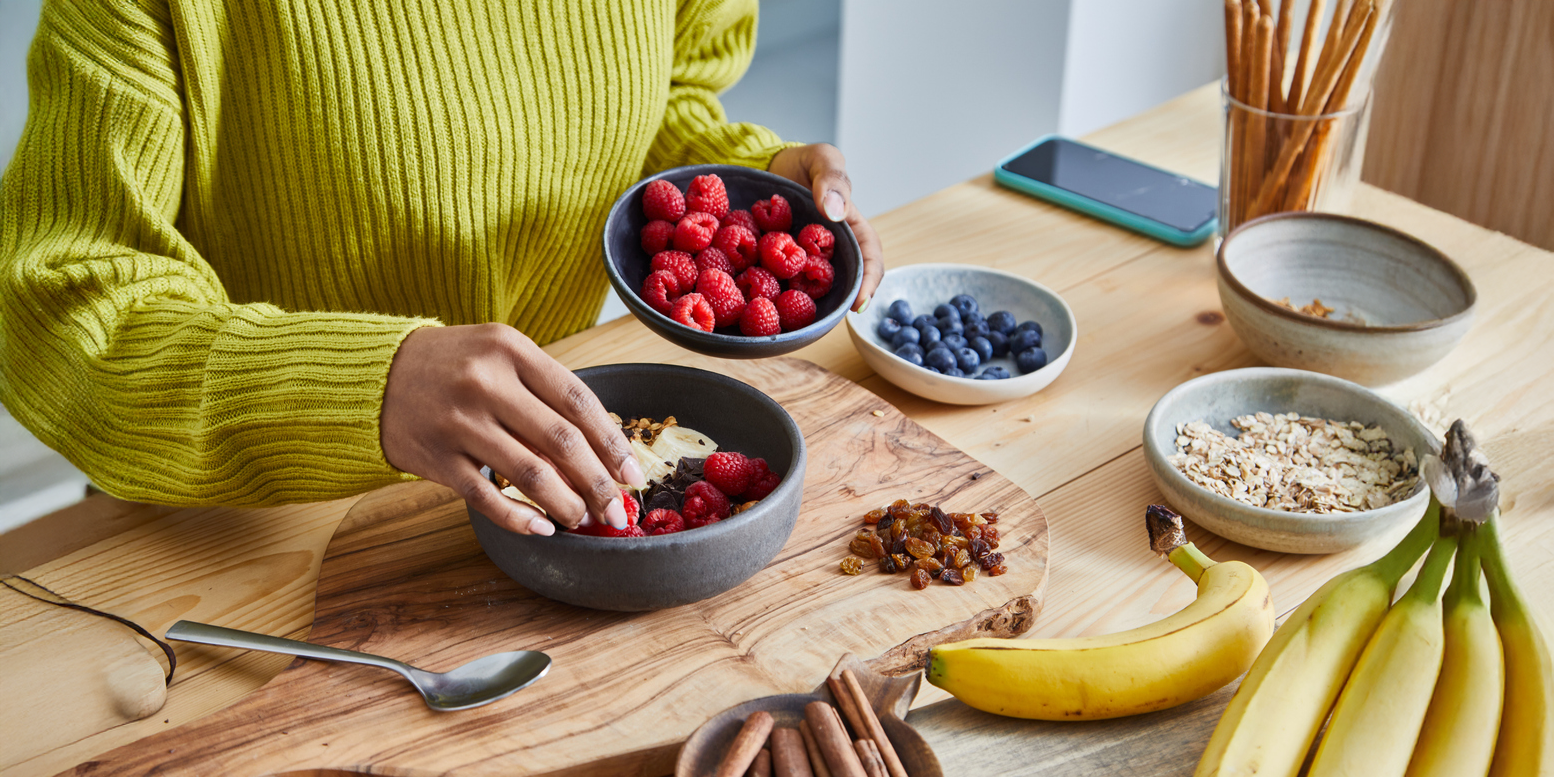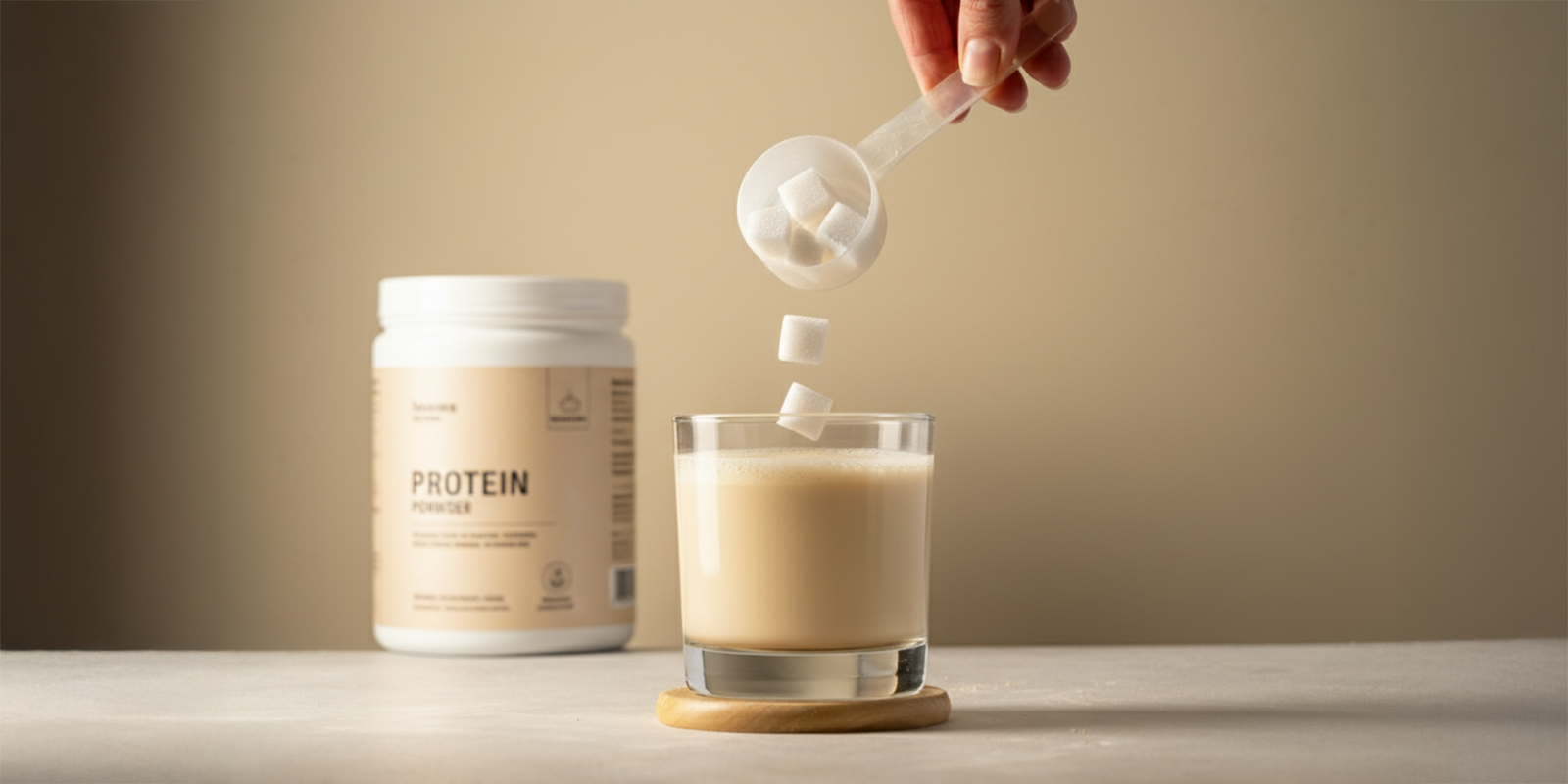7 ways to get your fitness back on track for Summer
Perhaps no summer has been more anticipated than the summer of 2020. While summer is always something to which we look forward, this year a combination of a long winter plus quarantine restrictions has resulted in a late start to both spring fitness and summer fun. As we emerge from unprecedented human hibernation and shake off a month-long food coma, we are missing our gym, experiencing boredom, dealing with anxiety, feeling unmotivated and completely unprepared to don our warm weather wardrobes.
If you have been indulging in the binge watching Netflix plan, you might also be a victim of the “Quarantine 15” (weight gain). June is the month to take control again of your fitness and your health. The “new normal” may mean we have to find alternative ways to achieve our fitness goals.
Here are 7 ways to get fit at home and reprioritize fitness in 2020:
1. Measurement makes a difference.
Make a plan. Set goals. Track your progress! Approximately 20% of Americans report currently wearing a fitness tracker and another 20% are using mobile health apps. Whether you are using a fancy fitness watch, a free app or just recording your progress in a spreadsheet, you are more likely to be successful if you set goals and measure your results. If you think a fitness tracker is just a must-have gadget, you might be surprised to learn that fitness trackers are being used in clinical studies to help monitor patient lifestyle choices. A meta-analysis of these studies shows that using technology-based interventions is more effective than non-technology interventions in promoting physical activity. In fact, Fitbit has compiled the world’s largest body of information on health with over a billion data points on sleep and 100 billion hours of resting heart rate.
2. Don’t let your exercise routine hinge on getting to the gym.
During this time, it is important to be consistent, but flexible. Flexibility allows you to maintain a routine even if you can’t get to the gym, you are working from home, or, you usually participate in a cancelled team sport. One option is to create a 30-minute circuit training plan in your home. You can do this with or without light weights. Several apps are available to guide you through home bound circuit training.
Consistency may be the most difficult part of a successful exercise program- or any lifestyle change. Without consistency, your plan will be unorganized, unable to produce adaptations, and unlikely to create lasting habits. One of the most important ways exercise provides healthful benefits is through advantageous adaptations. The type of exercise you choose, endurance verses resistance training, determines the type of improvements you will reap from your exercise. However, these favorable adaptations only happen when you are consistent with your exercise plan, including:
- Improved ability of muscles to use fat as energy
- Stronger ligaments and tendon
- Increased VO2 max and lactate threshold
- Increased number of capillaries in muscles
- Cardiac muscle hypertrophy
- Increased force production
3. Household items can assist your workout.
Don’t let not making it to the gym stymie your workout goals. Your home is full of helpful items that can be used to create an optimal workout. Look around your home, you have many ordinary items that can be appropriated to aid your exercise efforts, including:
- Hand towel as a slider
- Laundry detergent as a Kettlebell
- Kitchen chair for step ups and triceps dips
- Backpack as a weighted vest
- Soup cans as small weights, and rice or flour as heavy weights
- Stairs as a cardio boost
4. Inexpensive equipment can improve your home workouts.
If you are committed to working out at home long term, you might want to invest in exercise equipment that will take your workout to the next level. Basic exercise equipment doesn’t have to cost a fortune. Any of the economical items below can help you elevate your workouts and overcome exercise plateaus.
- Small weights
- Medicine ball/ weighted balls
- Exercise stability ball
- Resistance bands
- Foam roller
5. You can’t out-exercise bad food choices.
Diet is critical to reaching your fitness goals. The average aerobic work-out burns about 300 calories per half hour, and weight training only burns about 100 calories per half hour. That means you would be lucky to burn 600-700 calories after a full sixty minutes of hardcore, aerobic exercise. Meanwhile the average fast food meal is 836 calories. A plate of fettucine alfredo is close to 800 calories with NO bread sticks or other side dishes. The average restaurant dessert can be upwards of 1200 calories. Just one meal or one treat can easily be more calories than the average workout. So, unless you are working out for a couple hours everyday, making wise food choices needs to be part of any fitness plan. In the spirit of measuring and recording your fitness journey, also keep track of your dietary choices along with your exercise activity.
6. Consider healthy food substitutions.
Rather than trying to radically change your diet overnight, studies have shown that it is easier to change your food habits by substituting healthy options for some of your normal questionable choices. Substituting plant-based proteins for animal products can be a great way to reduce unhealthy fats and other unsavory animal by-products. As an added bonus, plant-based proteins can include other healthy dietary nutrients only found in plants, like fiber, prebiotics and polyphenols.
7. Small Changes Can Make a Big Difference.
If you are considering a new exercise program, a plant-based diet or other lifestyle changes, but feel overwhelmed, remember that small changes can make a big difference. What’s important is that you get started today. Studies show that people who begin making healthy choices, even in small increments, can experience real health benefits. Some studied examples include:
|
Baby Step |
Benefit of just a baby step |
Ultimate Goal |
|
Eat more plants. Increase fruit and vegetable intake by 2-3/servings per day. |
A minimum of 4 servings/day was shown to increase lifespan, but benefits continue to increase with each additional serving. |
10+ servings per day. |
|
Replace 1-2 meals per week with plant protein instead of animal protein. Consistently make easy substitutions. You can use plant protein in shakes, soups, and as veggie crumbles in sauces and casseroles. Reduce red meat consumption to 1-2X per month. |
Reducing meat intake has a protective effect, especially processed or red meat. Research shows that people who eat red meat are at an increased risk of death from heart disease, stroke or diabetes. |
Whether your goal is to become a vegetarian, vegan, flexitarian or eat some other plant friendly diet, you can expect to have short and long term health benefits, including improved immunity and lower risk of obesity and other chronic illness. |
|
Take a walk for 30 minutes/day, 3-5 days per week.
|
Consistent, moderate exercise results in health benefits even if you don’t lose weight. Other perks include more energy, better metabolism and mood, and reduction in chronic illness risk factors. |
At least 150 minutes of moderate intensity exercise or at least 75 minutes of vigorous activity—plus muscle-strengthening exercises—at least two days/week. |
|
Lose just 5% of body weight.
|
Better heart and joint health. Reduction in inflammation and sleep apnea issues. |
Healthy BMI. |















